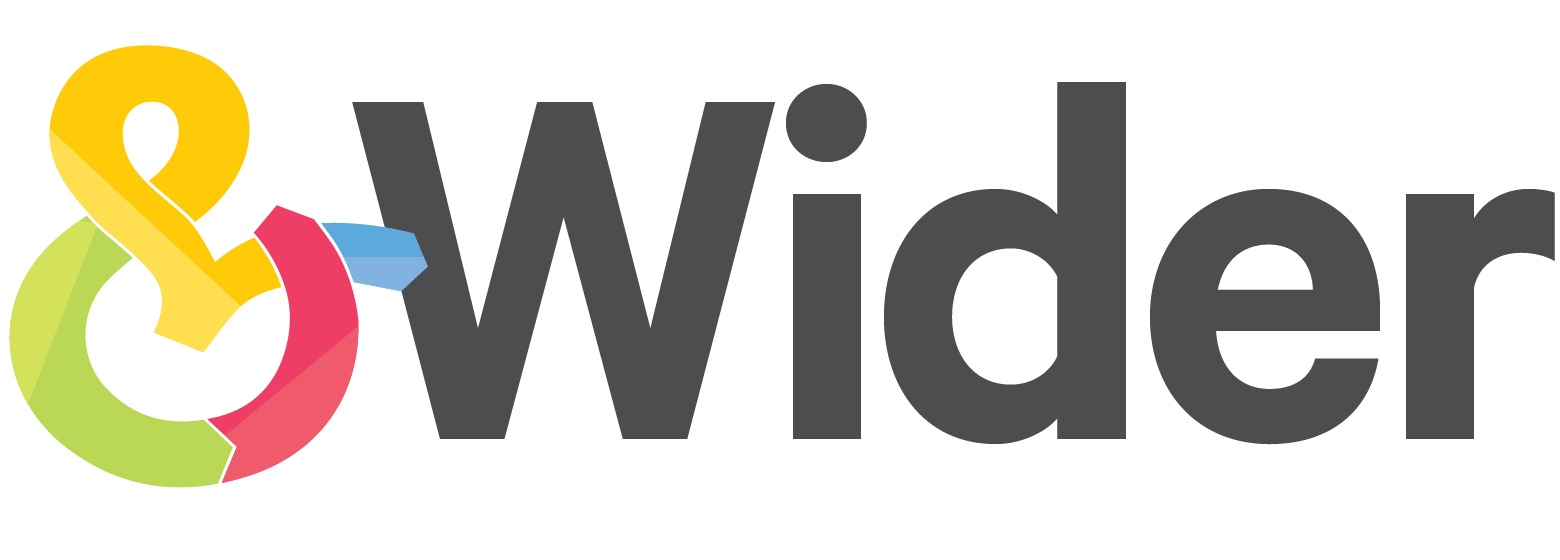Three ways to use Direct Worker Reporting (aka Worker Voice)
5 minute read
Listen to the audio instead
In the wave of companies now open to trial digital tools for remote supply chain monitoring, it can be complicated to know where to start, and where a tool such as Direct Worker Reporting (aka Worker Voice) can fit into your responsible sourcing strategy. In this short blog, we run through three major ways you can incorporate Direct Worker Reporting into your responsible sourcing programme for maximum impact and value.
Broad
Firstly, you can use Direct Worker Reporting very broadly across a particular geography or set of geographies, or across a particular supplier profile. There you would use Direct Worker Reporting to establish an early warning system and the baseline data set, from which you would read the current status of working conditions or well being across a large number of sites.
This insight may be used to trigger the use of your other tools. So in other words, you use Direct Worker Reporting data to prioritise where your attention is needed most, and in those priority sites you choose to use other tools such as social auditing, a collaborative conversation with your supplier, or a training intervention.
Narrow
A direct opposite to the BROAD application of Direct Worker Reporting, is using it narrowly, assuming that you have received some form of intel or insight indicating that a particular issue is a concern in a particular setting.
Whether it's a small group of sites or a single site, you can use Direct Worker Reporting to investigate the nature and the extent of the problem in that site or set of sites.
Sometimes a scandal hits, or an issue comes to light in a competitors site or supply chain. What happens if you have very similar characteristics in your own supply chain? In such a case, Direct Worker Reporting is useful to investigate the extent to which that same issue is also affecting your supply chain, your suppliers or even your own workforce.
Roaming
The third way is to use Direct Worker Reporting to gather insight in a roaming manner. What if you wish to know what is being prioritised by workers across India, Bangladesh and Pakistan?
What Direct Worker Reporting can do for you is to randomly select a proportion of your suppliers across those three countries, and generate a dataset that will speak to the higher-level view, highlighting common priorities flagged by workers in each of those countries.
This keeps you up-to-date with the biggest priority areas for workers over a particular period, giving you a set of issues you wish all your suppliers or managers to address, or further insight you can use to trigger other intervention programmes.
These tools all report on different elements of the business, so it is important that they are used in a complimentary manner
The focus of the roaming application of Direct Worker Reporting is not on site-by-site insights but rather on generating the current pulse and sense of what is bothering workers in a particular period. In such a case, you would roam by randomly selecting sites in the geographies which concern you in the first year, and a different set of sites for the following year.
In this way, all the businesses that you source from, or all your own sites in that geography or geographies can benefit from that insight.
Best case scenario?
Using Direct Worker Reporting BROADLY as an early warning gives you a wider and systemic overview, helping you prioritise the most urgent issues bothering workers. In this use case you get all three uses in one - a means of flagging risks early and proactively, investigating and having the programmable insights you need to trigger the use of other tools or intervention programmes.
Direct Worker Reporting can make a strong contribution to your responsible sourcing toolkit, especially when used alongside other insight generating tools, such as auditing or virtual assessments. These tools all report on different elements of the business, so it is important that they are used in a complimentary manner in order to build more resilient and sustainable businesses which listen to workers and have a clearer view on workers' lived experiences.


